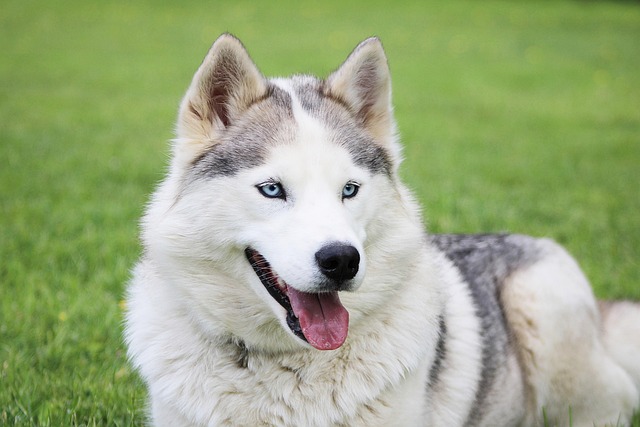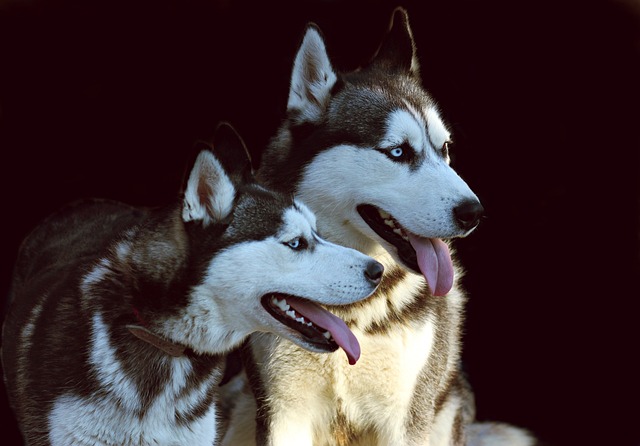
Can you stop a dog from jumping
Watching my neighbor’s golden retriever, Max, launch himself at every guest who walked through their door—paws on shoulders, tail wagging like a metronome
I live in a Brooklyn apartment, and my neighbor’s terrier, Rocky, barks at everything—squirrels on the fire escape, the mailman’s footsteps, even the hum of the AC. Last week, she knocked on my door, frazzled: “Is there a sound that’ll make him stop? I’ve tried yelling, but he just barks louder.” If your dog turns “come here” into a bark-a-thon or ignores your “quiet” pleas, you’re not alone. The key isn’t about “silencing” them with fear—it’s finding sounds that gently interrupt their focus, paired with positive reinforcement. Let’s unpack why some sounds work, and which ones actually make barking worse.
Dogs bark to communicate—excitement, fear, boredom, or “alert mode.” To stop it, you need a sound that breaks their “barking loop” without scaring them. Their ears are 4x more sensitive than ours, so sudden but soft noises work best—think of it as hitting a “pause” button on their brain. A vet in Boston explains it like this: If Rocky’s barking at a squirrel, a unexpected “shhh” (short, breathy, like you’re telling a secret) can jolt his focus from the squirrel to you. Loud noises (yelling, clapping) backfire because they match his energy—he thinks you’re joining the “alert,” so he barks harder. My cousin in Chicago tried slamming a door to stop her lab, Max, from barking at the neighbors; now he barks before the door slams, associating the noise with “time to bark.”
The best sounds are short, unique, and calm. Try a soft bell jingle—Rocky’s owner started shaking a small brass bell when he barked, then rewarding him with a treat when he paused to look. After 3 days, he stops barking at the bell’s sound, because his brain learned, “Bell = focus on human = snack.” A low, drawn-out “ahh” (like sighing) works too—it’s the opposite of barking’s sharp tone, so it disrupts their rhythm. Avoid high-pitched noises (whistles, 尖叫) unless they’re trained to respond—they can stress sensitive dogs, especially seniors or rescues with trauma. My neighbor’s rescue beagle, Lila, flinches at whistles, so we use a rustling treat bag instead—she stops barking to sniff, then gets a cookie for quiet.
Timing matters more than the sound itself. You need to make noise as soon as barking starts, not 30 seconds in—by then, their brain is in “bark autopilot.” The second they pause, praise them wildly: “Good quiet, Rocky!” and offer a treat. This teaches them, “Stopping barking = good things,” which is way more effective than scolding (which just makes them fear you, not the barking). In apartments, this is critical—no one wants a barking dog disturbing neighbors, and many buildings have noise rules (Brooklyn fines $200+ for repeated complaints). Stick to 5-minute training sessions daily—practice when they’re calm, not mid-bark, to build the habit.

When walking, if your dog barks at other dogs, use a “shhh” and step sideways to block their view—this redirects focus. Always carry poop bags (Boston fines $150+ for slacking) and keep their rabies vaccine current; calm dogs are safer around others, and vets often link consistent training to better overall behavior. Never use ultrasonic devices (they’re unregulated and can hurt sensitive ears) or yell—positive reinforcement builds trust, and trust makes them want to listen.
By month’s end, Rocky barks once at the mailman, then pauses when he hears the bell, tail wagging for his treat. That’s the magic: the right sound doesn’t silence—It helps them choose calm, because they know quiet brings good things.

Watching my neighbor’s golden retriever, Max, launch himself at every guest who walked through their door—paws on shoulders, tail wagging like a metronome

I sat with Maria in her Austin apartment last spring as her rescue German Shepherd, Max, paced nervously near his bed, hackles raised.

How long does it take to potty train a 4 month old puppy? Most vets and trainers agree you’re looking at roughly 4 to 6 weeks of consistent work, but don’t stress if your little one takes a bit longer.

I was helping my friend Lily with her rescue pit bull, Rocky, last winter when he lunged suddenly, nipping her hand hard enough to leave a bruise.

I sat across from Jamie in a Seattle coffee shop last month as she scrolled through her phone—3 missed texts from her apartment manager, all about her border collie

I jolted awake at 2 AM in my Chicago apartment, the sound of my neighbor’s terrier, Milo, barking nonstop through the walls. “Not again,” I groaned